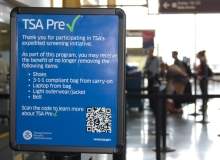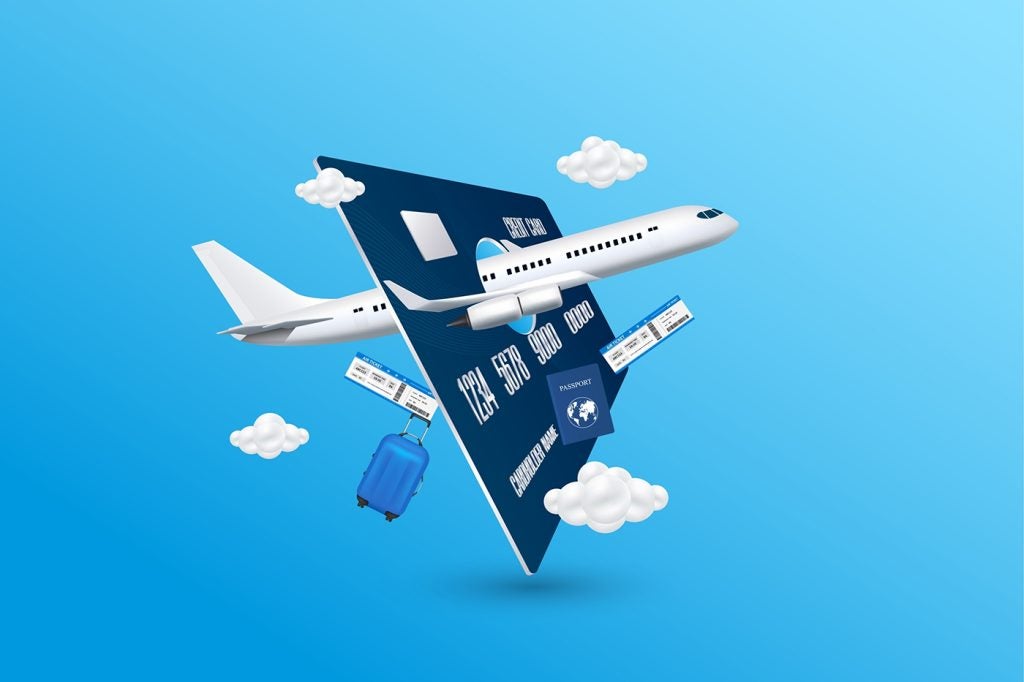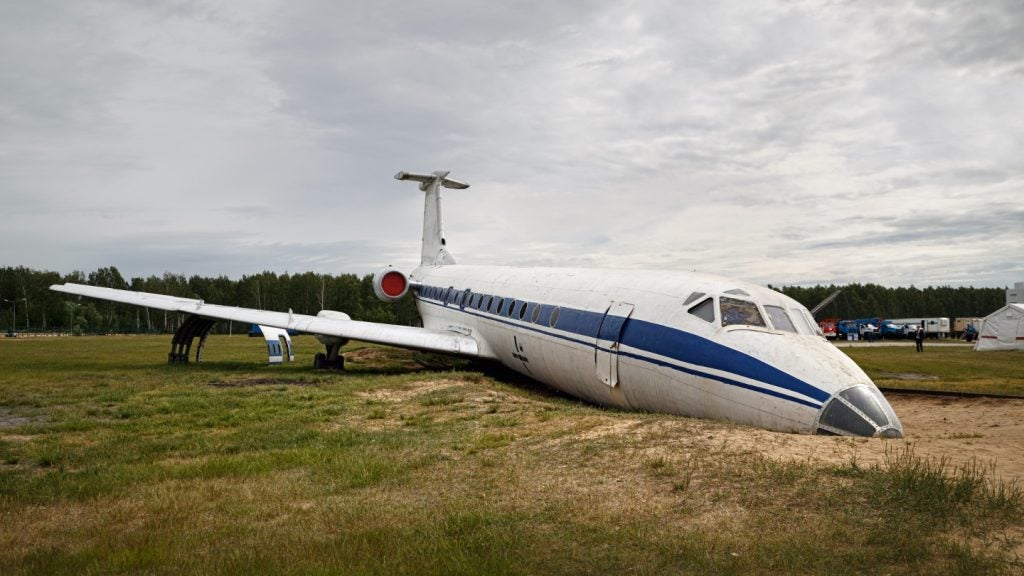

A successful start for TSA Pre-check (TSA Pre) saw it extended to all defence force members last year, and measures have now been put in place to allow any US citizen the opportunity to become a "known traveller" simply by filling out an application form. By allowing the TSA to focus on the people they "know less about", should this risk-based approach to security be implemented in other countries around the world?
Frances Marcellin: Can you outline the various ways to become a TSA Pre-check or TSA Pre member?
Jim McKinney: There are a few options for travellers that would like to participate in TSA Pre. Participating in a US Customs and Border Protection (CBP) trusted traveller program, such as Global Entry, Sentri, or Nexus qualify for TSA Pre participation, as well as US citizens of frequent traveller programs invited by participating airlines.
Additionally, since December, The Transportation Security Administration has launched more than 200 TSA Pre application centers centers across the country, which enable travellers to apply for expedited screening benefits directly with TSA. The TSA Pre Application Program requires a background check, fingerprints and an application fee of $85 for a five-year membership.
TSA also offers TSA Pre expedited screening benefits to members of the US Armed Forces, including reservist and National Guard members who possess a valid Common Access Card (CAC).
FM: The TSA Pre-Check was first introduced in October 2011. Why was this move away from a "one size fits all" to airport security introduced?
JM: TSA realises that most airline passengers are low-risk and TSA Pre is one of several intelligence-driven, risk-based initiatives helping TSA move away from the one-size-fits-all model and closer to its goal of providing the most effective security in the most efficient way.
How well do you really know your competitors?
Access the most comprehensive Company Profiles on the market, powered by GlobalData. Save hours of research. Gain competitive edge.

Thank you!
Your download email will arrive shortly
Not ready to buy yet? Download a free sample
We are confident about the unique quality of our Company Profiles. However, we want you to make the most beneficial decision for your business, so we offer a free sample that you can download by submitting the below form
By GlobalDataSee Also:
As well as helping passengers navigate through boarding, airport apps offer novel and quirky ways to inform and entertain.
FM: What are the benefits for airports and airlines and for passengers?
JM: Passengers who go through the TSA Pre process are able to leave on their shoes, light outerwear and belt, and keep their laptop in its case and their 3-1-1 compliant liquids/gels bag in their carry-on bag.
Airports and airlines benefit from reduced wait times for travellers, as well as enhanced security by enabling the TSA to focus efforts on the people we know less about, while providing expedited screening and a better experience for those travellers TSA knows the most about.
FM: How can people be sure that the personal data they offer in order to be part of the TSA Pre-check is secure and not putting personal privacy at risk?
JM: The Department of Homeland Security’s chief privacy officer did an extensive review of the TSA Pre application program, including a privacy impact analysis. The review explains the extensive measures that are in place to ensure the information provided during the application process is used appropriately. Travellers are also reminded that this is an optional program, and any risk can be mitigated by electing not to participate.
FM: What is the validation process?
JM: Travellers interested in participating in TSA Pre-check are able to pre-enroll online at TSA.gov, then make an appointment at an application centre. The appointment takes approximately ten minutes and includes taking fingerprints, a short interview and paying the $85 enrolment fee.
Passengers who go through the TSA Pre?™ process are able to leave on their shoes
FM: The recent announcement that the Pre-ccheck process will be opened to the public for an $85 fee marks the success of the security process so far. Can you give some details of the various layers and tools that make this risk-based profiling approach so successful?
JM: TSA’s risk-based, intelligence driven approach is based on the premise that the majority of airline passengers are low risk and that passenger information can be used to make pre-screening more effective. Better pre-screening enables TSA to more effectively prioritise screening resources in the field and focus on the passengers we know less about.
The move to risk-based security builds upon accomplishments, including the secure flight program, and watch list matching, behaviour detection, and other technology, to ultimately give us more information that can help us determine where potential risks might be. We have better technology that improves detection of threats to aviation. Our Intel is better, and so is our ability to operationalise it.
Focusing our efforts on the people we know less about and high-risk passengers improves security effectiveness and results in a better experience for passengers.
FM: One of the ways to become a Pre-check member is by "managed inclusion", which combines multiple layers of security to indirectly conduct a real-time assessment of passengers. Can you give some details about how this real-time assessment is carried out and the multiple layers of security?
New amendments to the EU’s Single European Sky (SES) initiative have led to pan-European strikes by air traffic control unions.
JM: After the initial risk assessment by passenger screening canines and behavior detection officers, as passengers move through the standard security checkpoint area, a TSA Officer will verify the traveller’s boarding pass and randomly designate whether the passenger will experience standard or expedited screening through TSA Pre. But airport security checkpoints are only one part of a multi-layered system for aviation security. Other parts, both seen and unseen by the public, include intelligence gathering and analysis, explosives detection, canine teams, federal air marshals and closed-circuit television monitoring.
FM: Can you give some further details about what intelligence gathering and analysis involves?
JM: One layer of security that happens before travellers even get to the airport is watch-list matching. Anyone that makes a flight reservation is required to provide certain information about themselves, such as name, gender and date of birth. The secure flight program uses that information to enable early identification of potential high risk travellers.
FM: Application centres are being opened all across the US, can you outline some of the Pre-check plans for expansion?
JM:TSA is currently in the process of expanding to more than 300 application centers across the country. As application centres open, this new process will allow all US travellers and lawful permanent residents the ability to apply directly to TSA’s popular expedited screening program.






